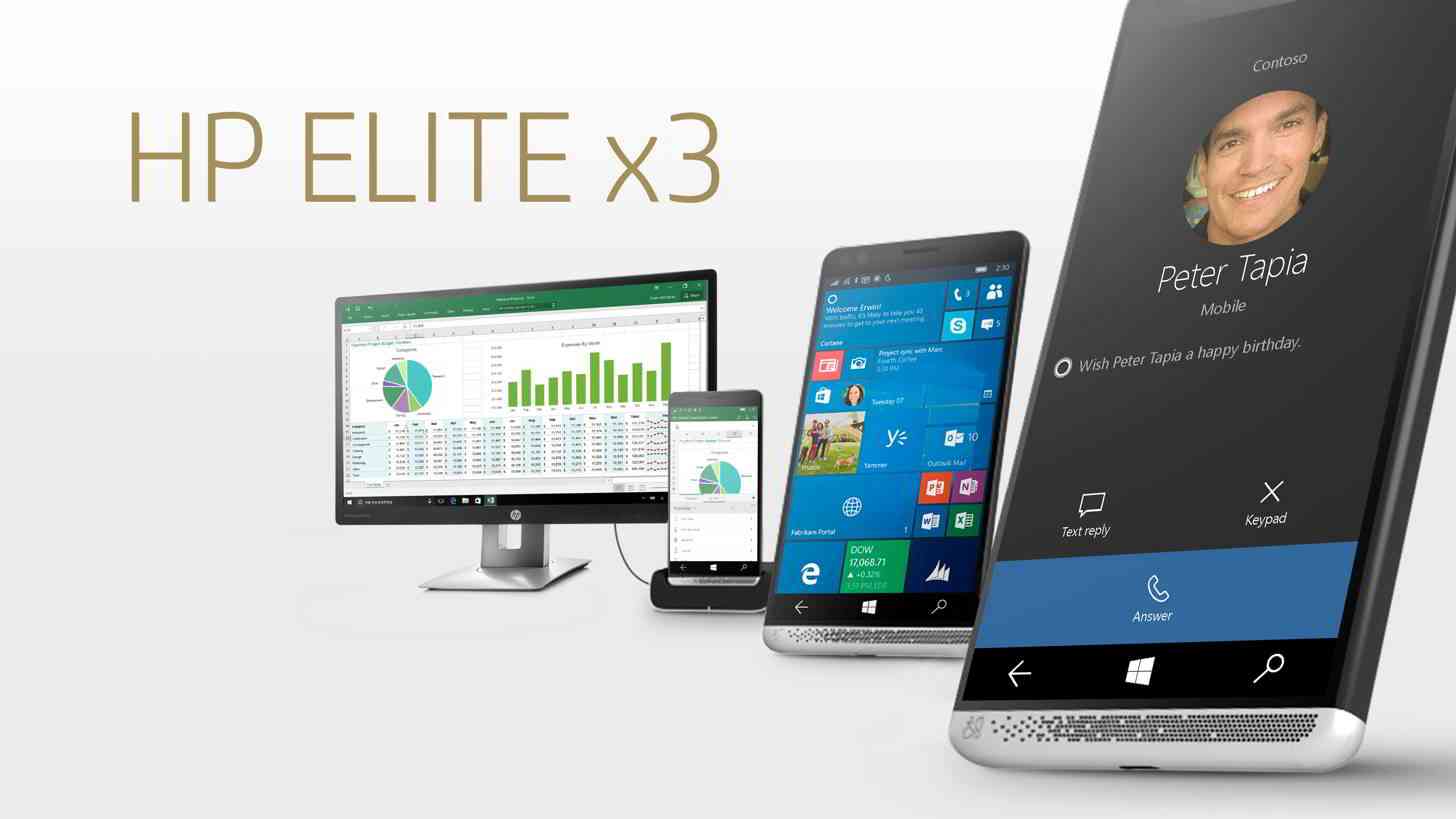
Microsoft’s corner of the mobile industry has been, to put it nicely, messy. Windows Mobile to Windows Phone made some great strides, but in the end, Windows Phone 7, 8, and 8.1 weren’t enough to compete with the same two operating systems that dominate the smartphone industry today: Android and iOS. Despite its abysmal market share, though, Microsoft hasn’t given up. Microsoft made the decision to revert back to the Windows Mobile moniker, this time going with Windows 10 Mobile in order to identify more closely with Microsoft’s newest Windows 10 operating system, which has taken the PC world by storm (somewhat forcefully).
With the introduction of Windows 10 Mobile also came two new much-needed flagships from Microsoft, the Lumia 950 and 950XL. But even with the renewed focus on Windows 10 Mobile, the platform never really did move forward from where they’ve been all along. Between the wishy-washy state of apps consistently being both added and pulled from the app store, lack of ability to update to Windows 10 from older Windows 8.1 devices, and a statement from Microsoft explaining that they’ll be streamlining their smartphone hardware business, there hasn’t been a lot of good news on the Windows 10 Mobile front.
However, there is still some good news. While Microsoft may be streamlining their smartphone hardware, HP is here to save the day with their high-end Elite x3 smartphone for Windows 10 Mobile.
It’s been a toss-up whether the Lumia 950 and 950XL really qualify as a “flagship” (I think it does), and honestly the Elite isn't necessarily a better option hands-down, either. I think both are more than worthy of flagship status. The Elite packs a 5.96-inch 1440 x 2560 (493 ppi) display, Snapdragon 820 processor, 4GB of RAM, 64GB of internal storage (expandable up to 2TB), 16-megapixel rear-facing camera, 8-megapixel front-facing camera, fingerprint sensor, and 4,150 mAh battery.
The Elite x3 matches up with Android flagships spec-wise, but Windows 10 Mobile isn’t nearly as power hungry as Android smartphones are. This phone appears to be overpowered, but perhaps it's needed considering their main focus seems to be using your phone as your computer via docking.
The Elite x3 also comes with dual front-facing speakers with B&O audio and a suite of accessories that make it particularly appealing to business and enterprise users, such as a premium headset, Desk Dock, and Lap Dock, all of which will be useful for the phone and with Windows 10 Mobile’s Continuum. The Elite x3 also has the ability to charge wirelessly, and is dust and water resistsant.
On paper, the Elite x3 looks like a wonderful piece of hardware. But will its hardware and specs – as well as its pricey $699 price tag – be enough to sway users over to Windows Phone? If I had to guess, I would say yes, but not in droves.
Then again, I don’t think Microsoft, or anybody manufacturing phones for Windows 10 Mobile, would necessarily venture into this expecting to be “the next big thing” or an “iPhone killer”, just to throw a couple of popular industry terms around. HP is probably the perfect company to do this, because smartphones have never really been their shtick, so expectations should be neutral in this regard. It’s also pretty easy to be number one, or at least close to it, for a platform that most overlook and forego at this point.
So, in the end, it actually seems like a great addition to the Windows 10 Mobile platform. The design and its specs are tempting. But for somebody who is in the market for a new phone solely for personal use, I can’t say I would recommend this device without some serious research put into it first, especially if said interested persons have never used Windows Phones or Windows 10 Mobile devices before. But for business users – which is who it is tailored for anyway – I would say it’s worth considering.
Readers, what are your thoughts on HP’s Elite x3? Let us know in the comments below!